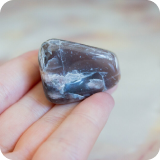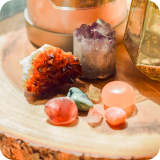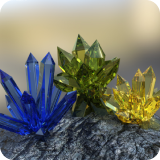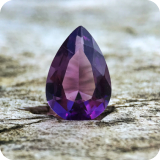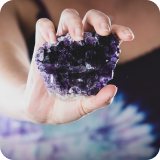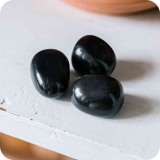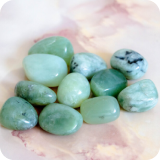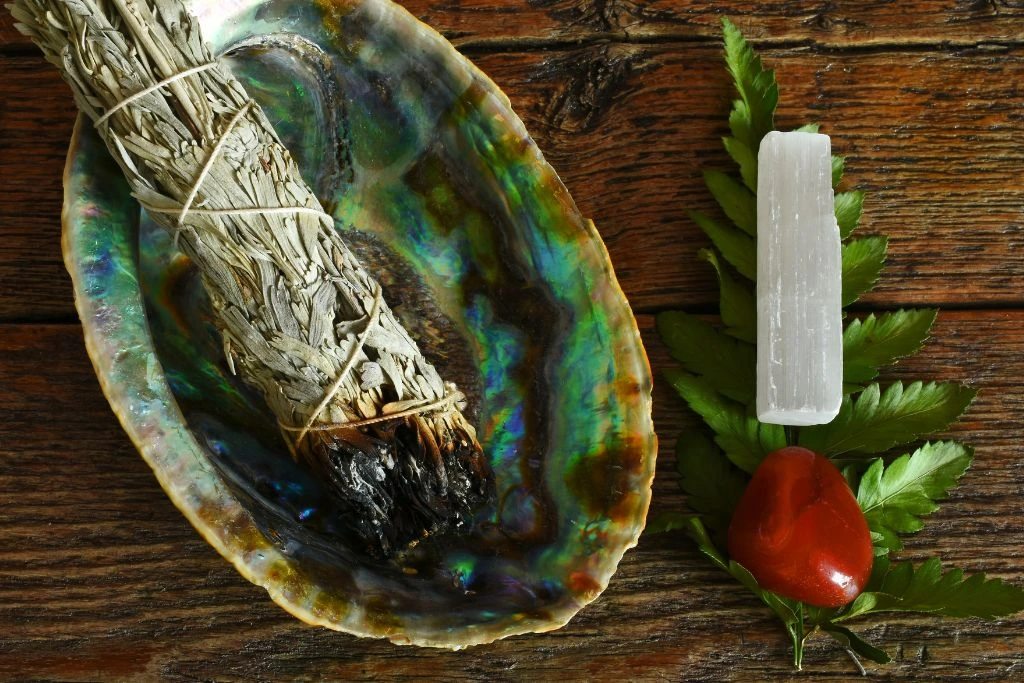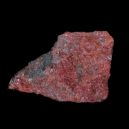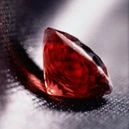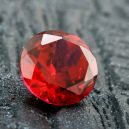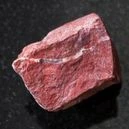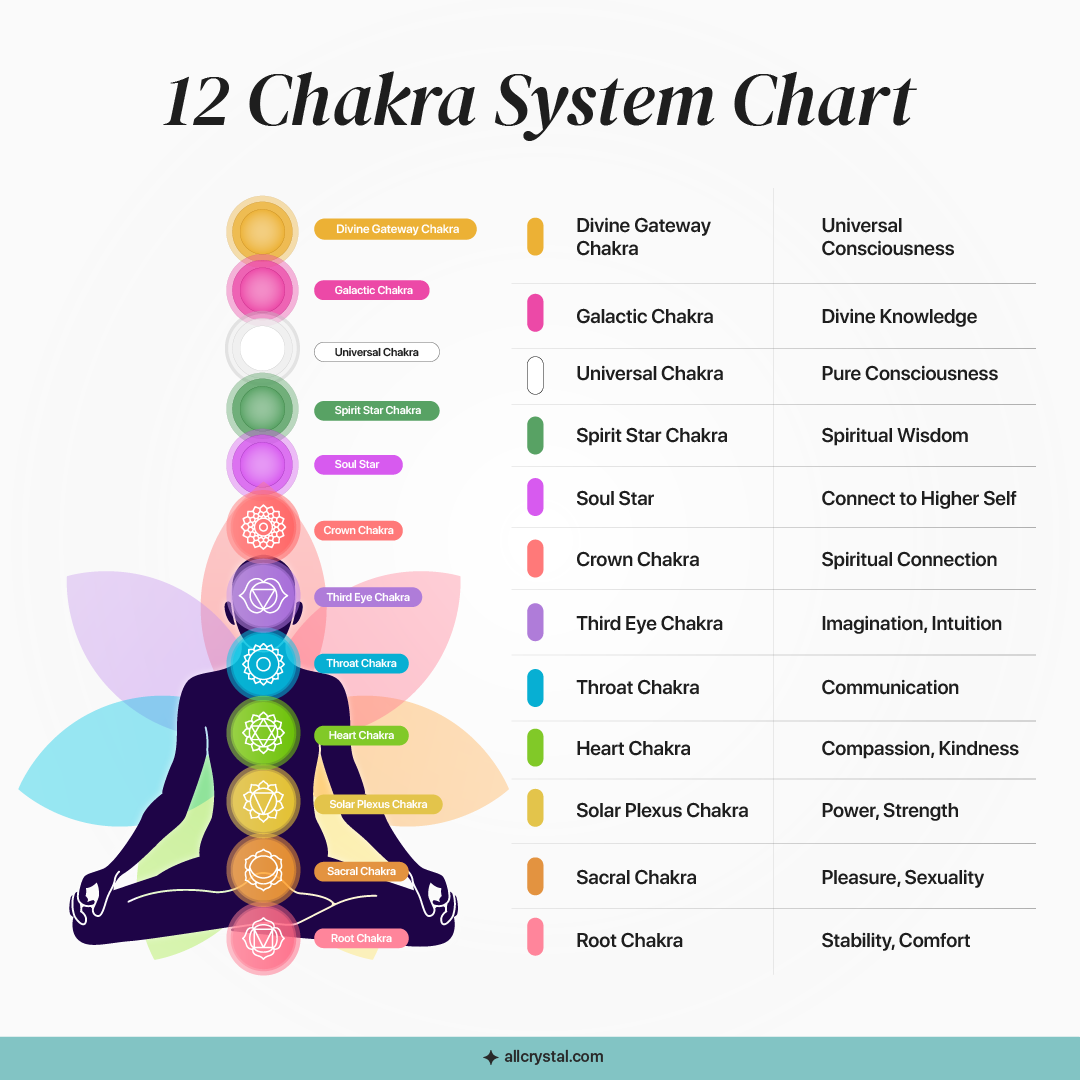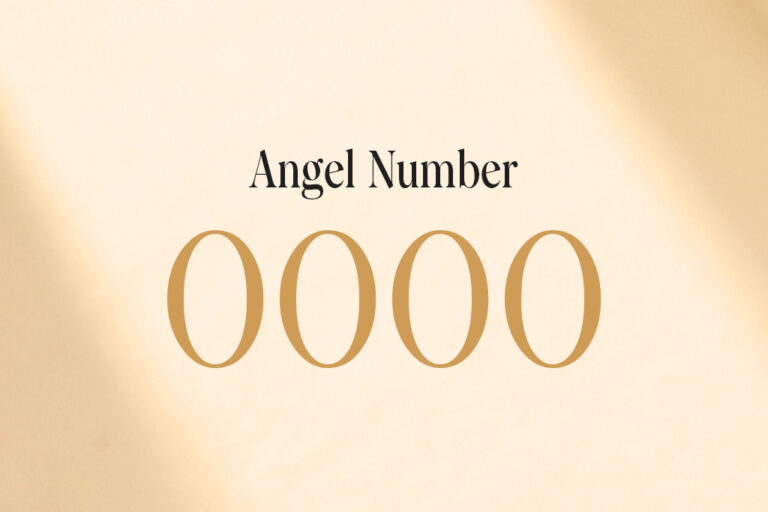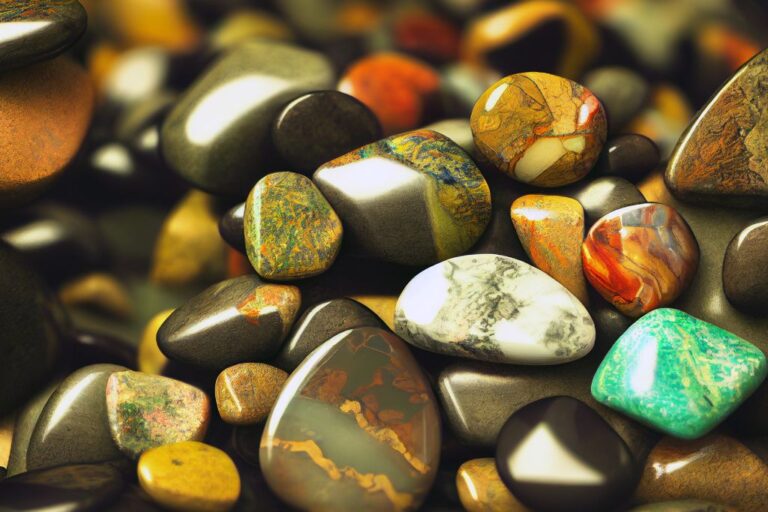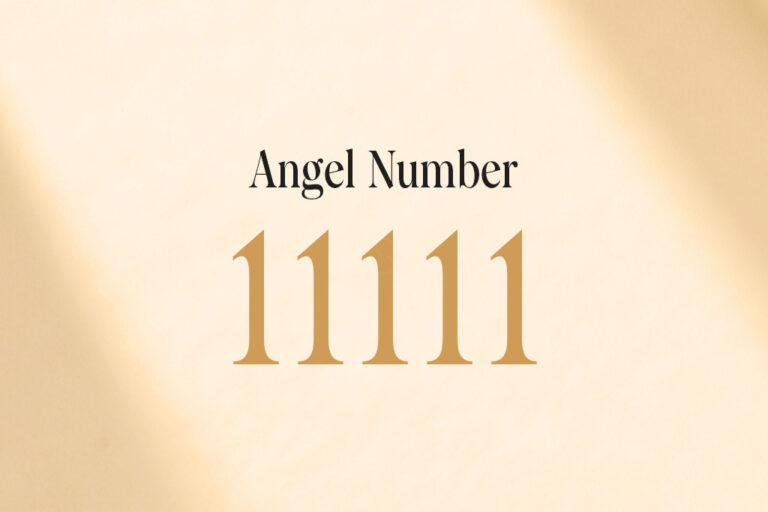What is Cinnabar?
Cinnabar Metaphysical Properties and Benefits
Cinnabar Healing Properties and Benefits
Cinnabar Spiritual Properties and Benefits
Cinnabar Side Effects
Cinnabar Meaning: What Does Cinnabar Symbolize?
Types of Cinnabar
How To Cleanse Cinnabar?
Questions and Answers
Interactions with Cinnabar
What is Cinnabar?
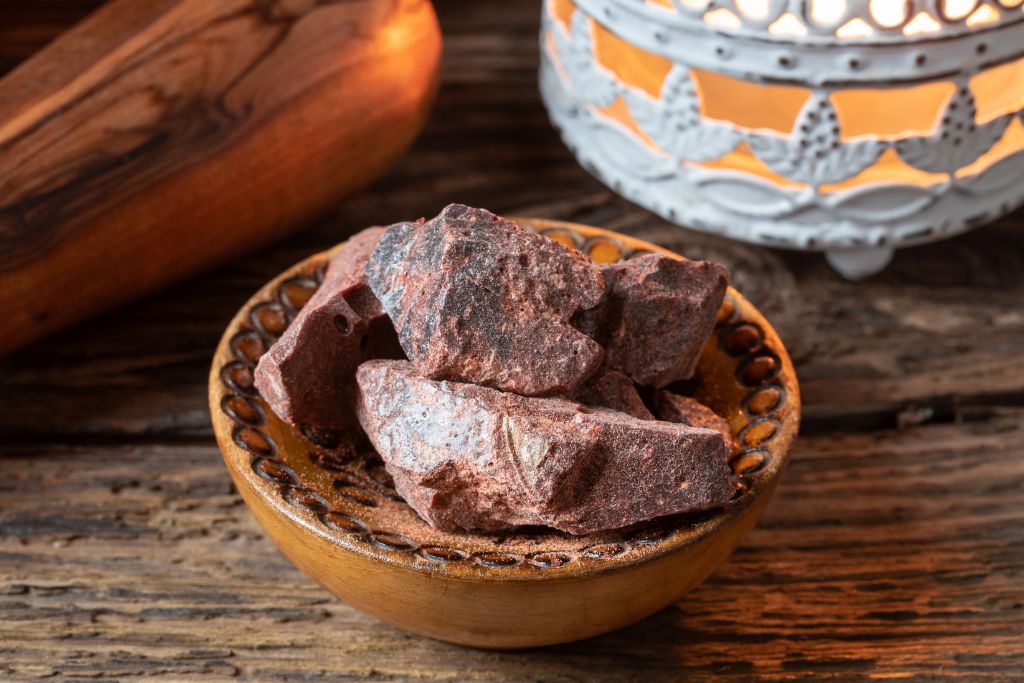
Disclaimer: Cinnabar contains Mercury Sulfide, an extremely toxic metal.
Cinnabar is a naturally occurring mineral with a vibrant red hue that catches the eye. This striking color is caused by the presence of mercury sulfide, the chemical composition of Cinnabar. It is also known for its distinct physical characteristics, including its remarkable crystal formations and high density.
Throughout history, people have utilized Cinnabar for diverse applications. The Ancient Chinese used it as a pigment in their artwork and believed it had healing properties. The mineral has also been used for decorative purposes in jewelry and even in Ancient Mayan burial ceremonies.
Did you know that Cinnabar has a long history of use in traditional Chinese medicine? It was believed to have many healing properties, including promoting circulation and boosting the immune system. Using it is controversial, however, due to its high mercury content. It’s essential to consult with a healthcare professional before using Cinnabar for medicinal purposes.
Cinnabar Metaphysical Properties and Benefits
Cinnabar has powerful metaphysical properties and benefits, making it a highly sought-after stone for energy work. Its fiery red color is associated with passion, vitality, and creativity. This vibrant hue is believed to help boost self-confidence and promote a positive attitude.
The Root Chakra is the primary chakra associated with Cinnabar, as it is believed to help ground and stabilize energy. The Sacral Chakra is also commonly associated with this crystal due to its ability to stimulate the flow of creative energy.
Cinnabar is connected to the ruling element of Fire, which is associated with passion, transformation, and creativity. It is also ruled by the planet Mercury, which governs communication and mental clarity. In feng shui, Cinnabar is deeply connected with the home’s North sector, representing career and life path.
Cinnabar is governed by several gods, including Oya, Hathor, Aphrodite, and Coatlicue. These gods are associated with love, fertility, and creativity, making it a popular stone for those seeking to enhance these areas of their lives.
The numerical vibration of Cinnabar is 8, associated with abundance, success, and manifestation. This makes Cinnabar an excellent choice for those looking to manifest their goals and desires into reality.
Cinnabar Meaning: What Does Cinnabar Symbolize?
Cinnabar symbolizes “Transformation.”
The name Cinnabar originates from the Persian word “zanjifrah,” meaning “dragon’s blood,” and the Sanskrit word “shankhini,” meaning “red dye.”
Cinnabar also goes by alternative names, such as Dragon’s Blood Stone, Red Cinnabar, and China Red Stone, which are derived from the mineral’s distinctive bright red color.
In traditional Chinese culture, Cinnabar was often used to create ornate lacquerware and was associated with the imperial court. In modern times, Cinnabar is valued for its use in traditional medicines and as a pigment in art.
Cinnabar comes in different variations, including powdered and crystalline forms, and is often used for healing purposes and spiritual practices.
Did you know that Cinnabar ore was used in ancient times for Egyptian tombs as a red pigment? The mineral was believed to protect and guide the deceased in the afterlife.
